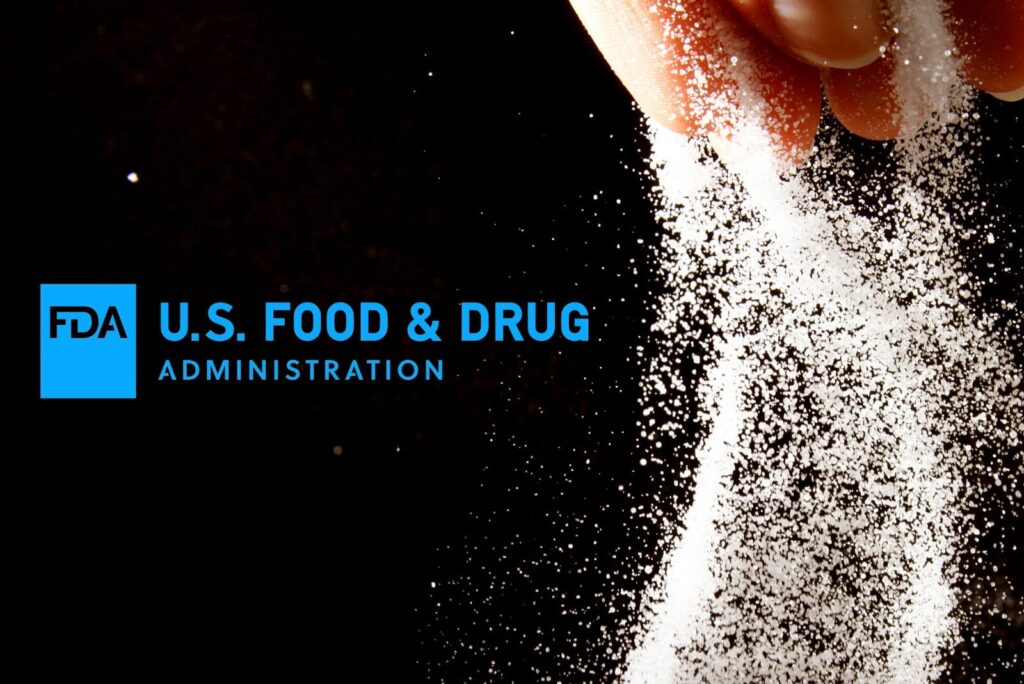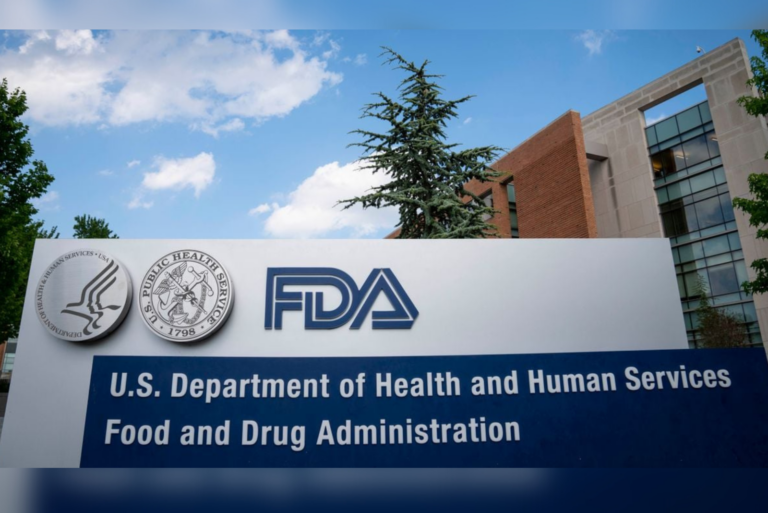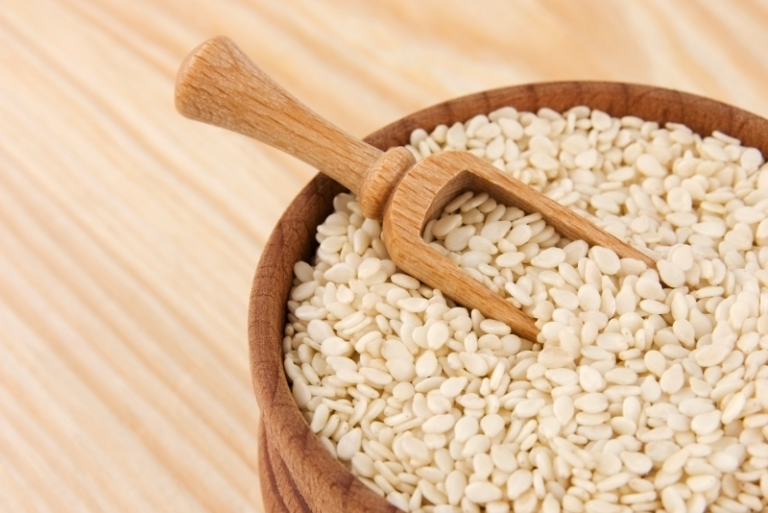SILVER SPRINGS, MD — The US Food and Drug Administration (FDA) has announced a significant development in its ongoing efforts to reduce sodium consumption. Following early success in Phase I, the agency has issued draft guidance for Phase II.
“Reducing sodium in the food supply has the potential to be one of the most important public health initiatives in a generation,” said Jim Jones, deputy commissioner for human foods at the FDA. “The early successes we’re seeing with sodium level reduction in certain foods is encouraging and indicative of the impact we believe our overall nutrition approach can have on the wellbeing of society.”
Prior to 2021, the average American consumed approximately 3,400 milligrams of sodium per day, exceeding the recommended limit of 2,300 milligrams. Preliminary data from 2022 showed roughly 40% of Phase I targets have already been met or are close to being reached.










